- LATEST
- WEBSTORY
- TRENDING
VIRAL
5 stunning images of space captured by NASA's James Webb telescope
Here are five stunning images captured by the NASA's James Webb telescope
Shweta Singh | Oct 06, 2024, 05:57 PM IST
1.Giant Blue Donut
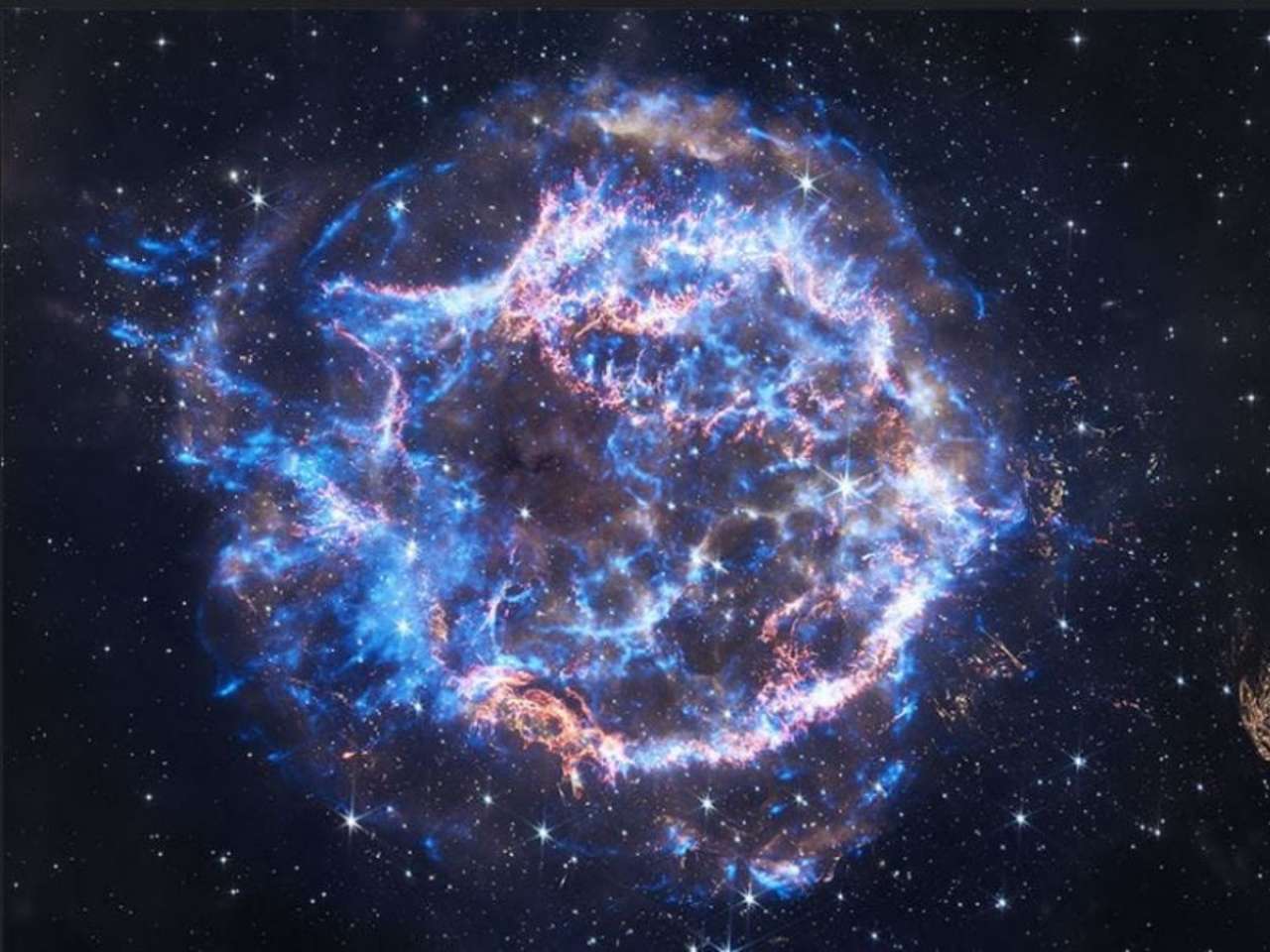
The Cassiopeia A supernova remnant in this image resembles a giant blue donut. It has been observed for over 2 million seconds since the Chandra mission began in 1999. The image includes X-rays from Chandra (blue) and infrared from the Webb telescope (orange, white, and blue).
2.Windy Star
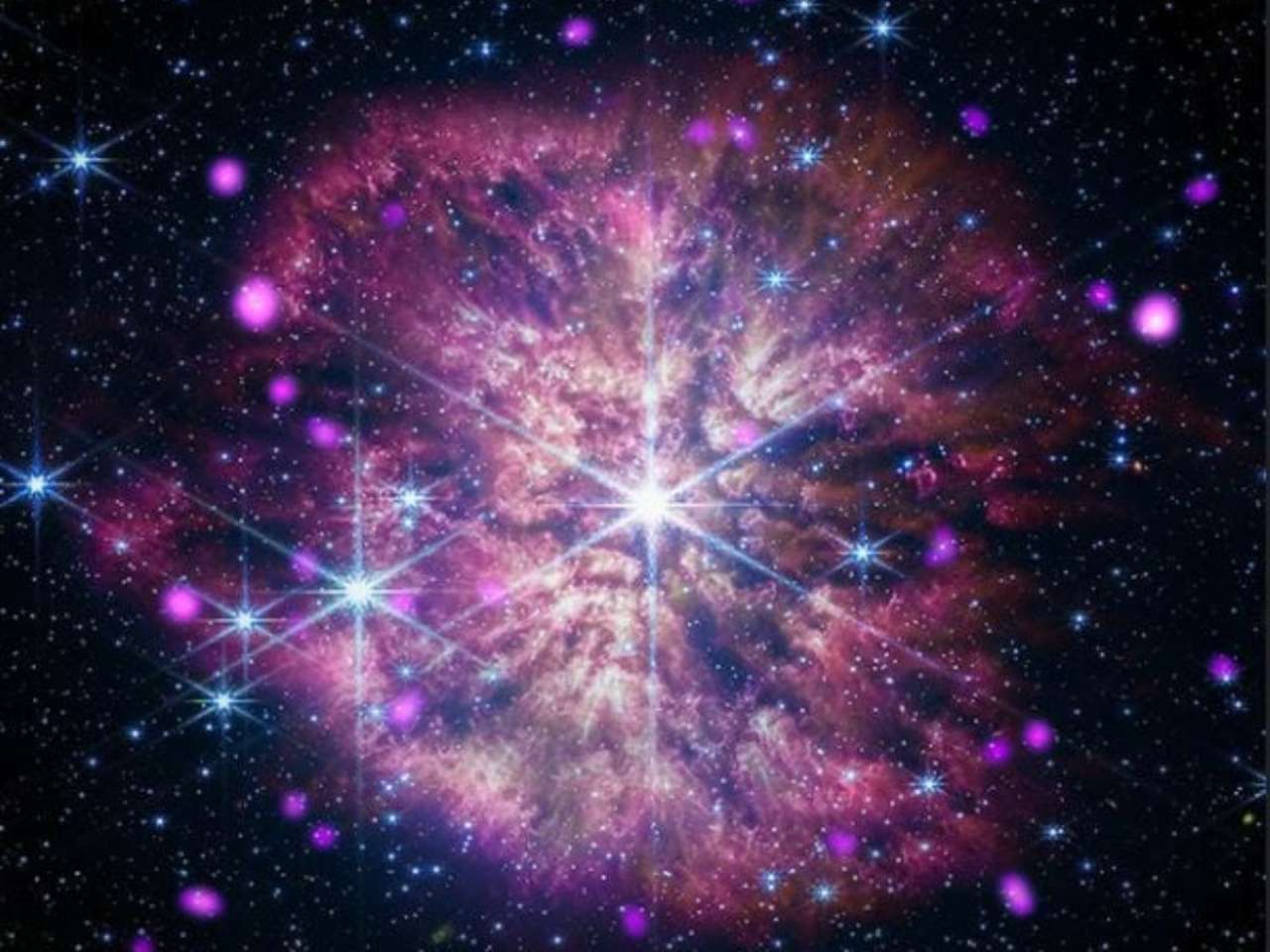
The image features bright red spots surrounded by swirling wind clouds in reds and purples, depicting WR 124, a rare Wolf-Rayet star in a brief phase of its evolution. At the center, the bright star gleams, with hues of dusty rose and delicate wind patterns resembling flower petals.
3.Quasar Glimpse
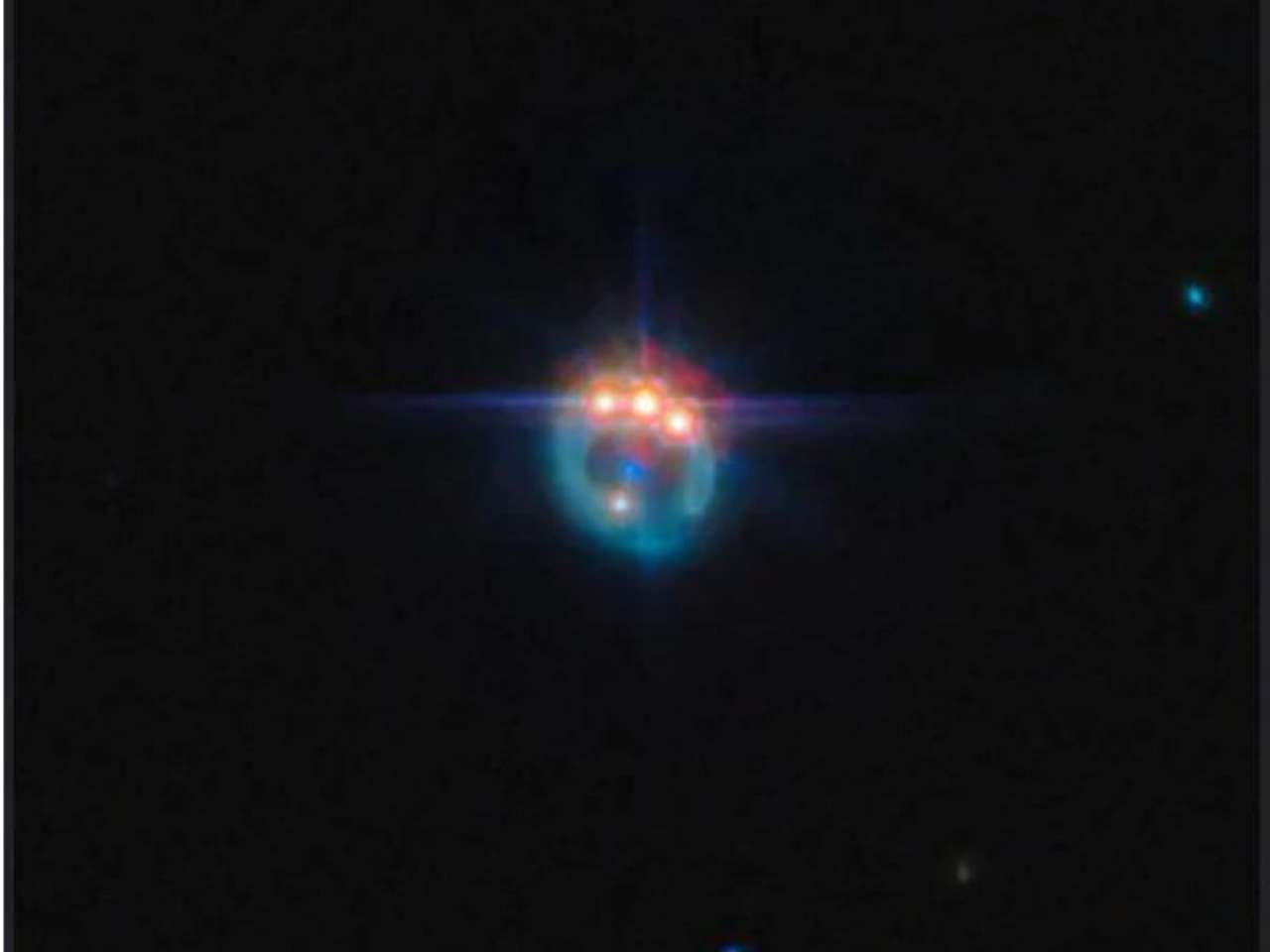
The image shows three bright gleaming dots, revealing an extremely bright galactic core known as a quasar. The core's arc-like shape with four bright spots is due to gravitational lensing, a phenomenon that helps scientists study distant and faint objects.
4.Crab Nebula
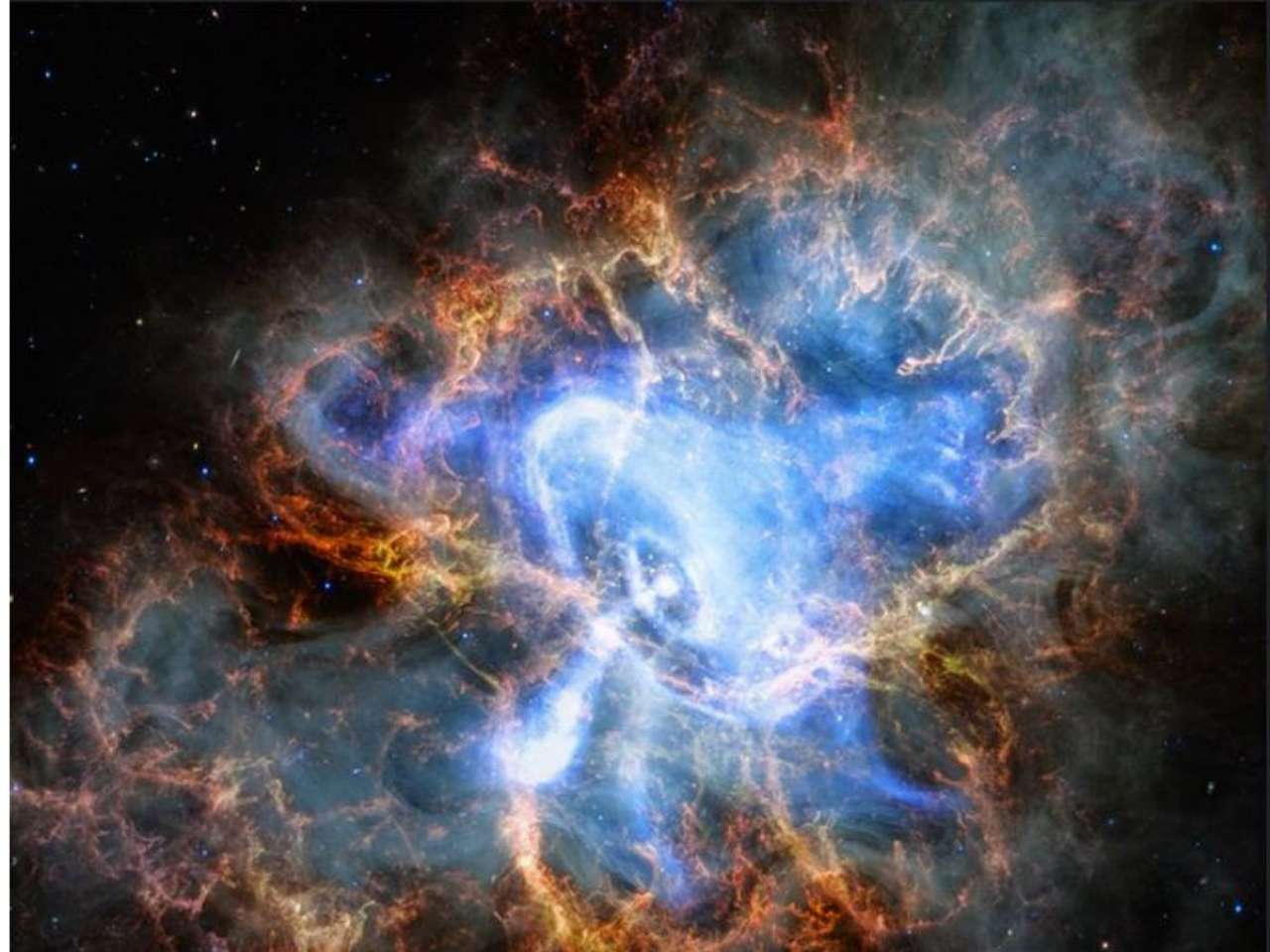
The composite image of the Crab Nebula combines X-ray data from the Chandra Observatory and infrared data from the Webb Telescope. This nebula is located about 6,500 light-years from Earth.
TRENDING NOW
5.Star Mystery

NASA's image is an artistic impression of a young star surrounded by a disk of gas and dust. Using the James Webb Telescope, NASA studied the disk around ISO-Chal 147, a newly born, low-mass star. The data has puzzled scientists, revealing the richest hydrocarbon chemistry ever seen in a protoplanetary disk.

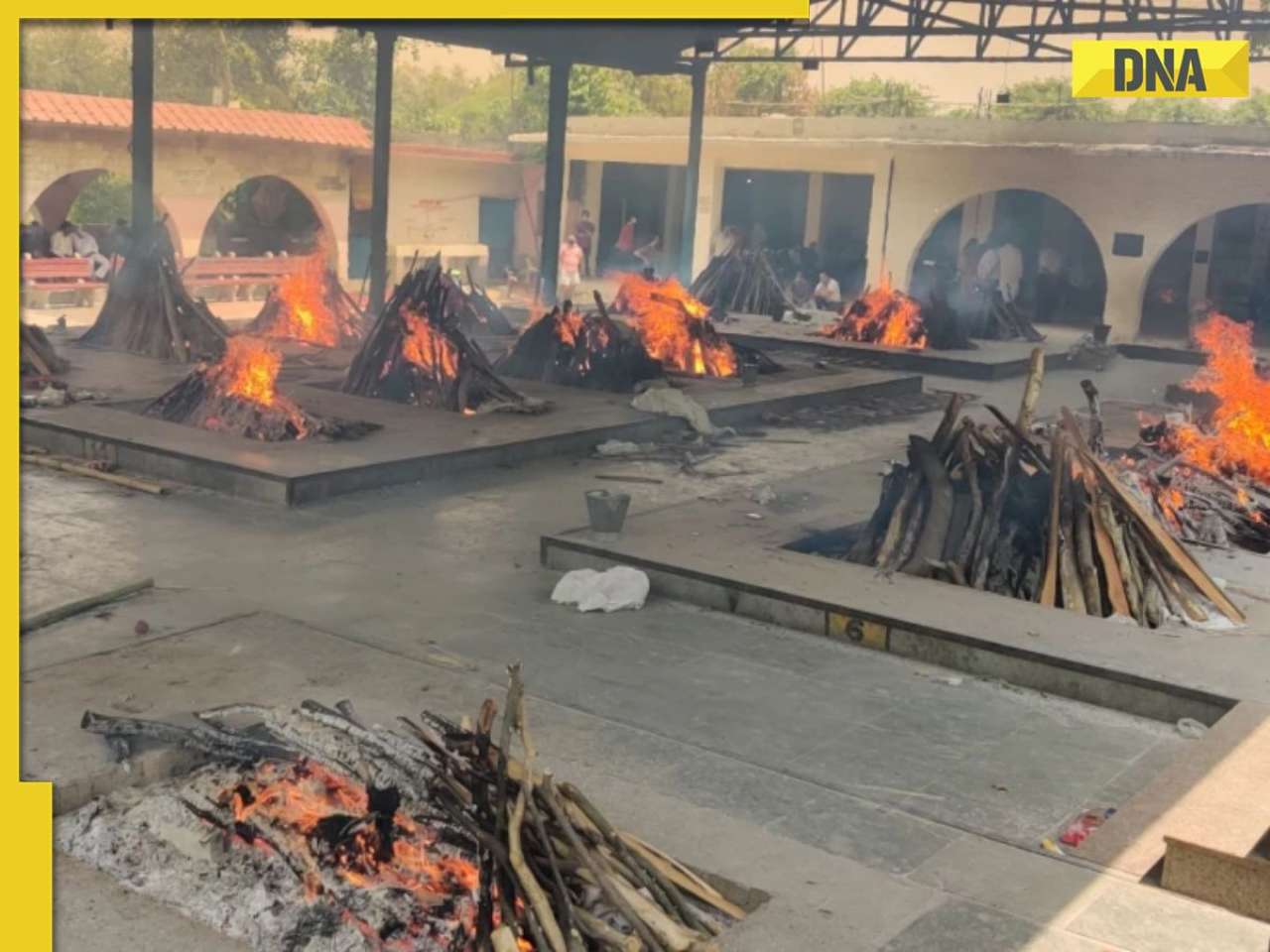




)

)
)
)
)
)




























































